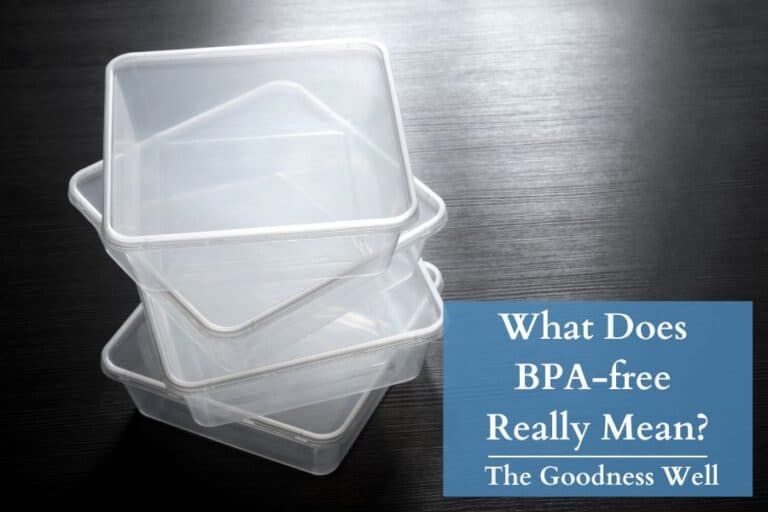What are PFAS? Uncovering the Hidden Toxic Chemicals in Your Home
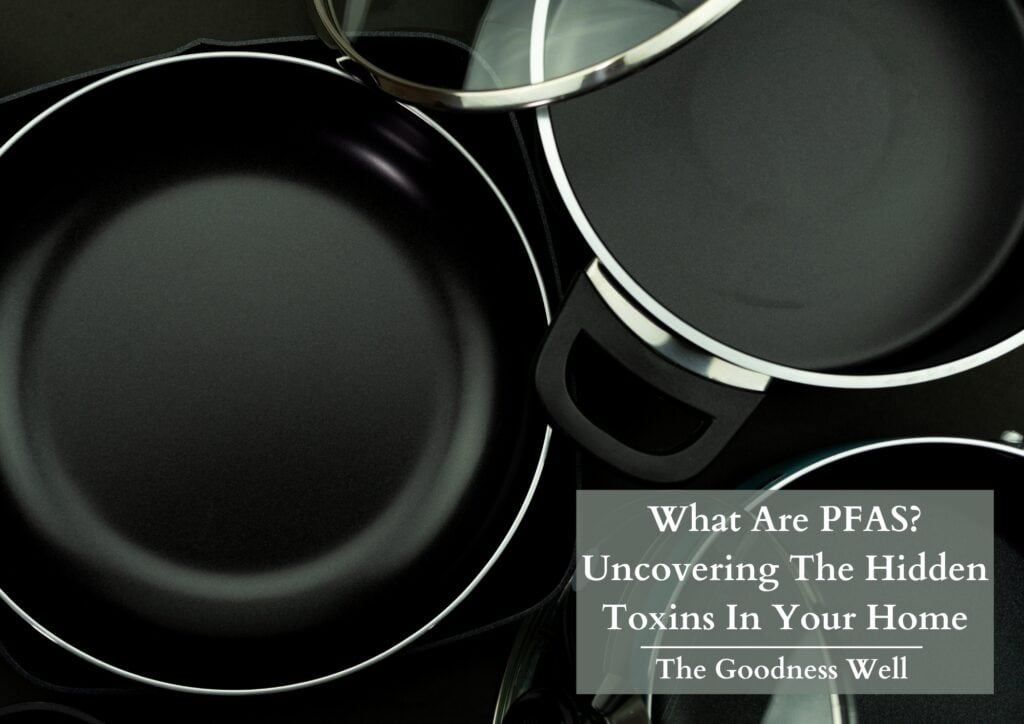
Curious about the chemicals hiding in plain sight in our daily lives and their impact on our health? Let’s talk about it.
Well, we’re going to tell you all about these “forever chemicals” and where they might be hiding around you, even in your home.
We’ve done the research and created a guide with simple steps to de-toxify your home and lives.
Let’s get into it!
TL;DR
PFAS, known as “forever chemicals,” are in many of our everyday products, from clothes to cookware, creating health risks like altered metabolism and increased cancer risk and environmental issues like water and soil contamination and wildlife impact. The EPA is addressing this through new regulations, enhanced monitoring, and funding for clean-up and research. Becoming aware of these chemicals is a big step toward creating a non-toxic environment.
What Are PFAS?
The per-and polyfluoroalkyl substances (PFAS), otherwise known as “forever chemicals” are a group of synthetic chemicals used in many consumer products from clothing and furniture to non-stick cookware since the 1950s.
They’ve earned the nickname “forever chemicals” due to their chemical makeup causing major resistance to breakdown over time.
What’s Their Purpose?
PFAS have the ability to resist grease, water, and oil which is very useful in many products that we regularly use.
Here’s a list of products that contain these chemicals:
- Non-stick cookware
- Water-repellent clothing
- Stain-resistant fabrics and carpets
- Some cosmetics
- Products using firefighting foam
- Fast food packaging
- Microwave popcorn bags
- Pizza boxes and other food containers
- Dental floss
- Cleaning products
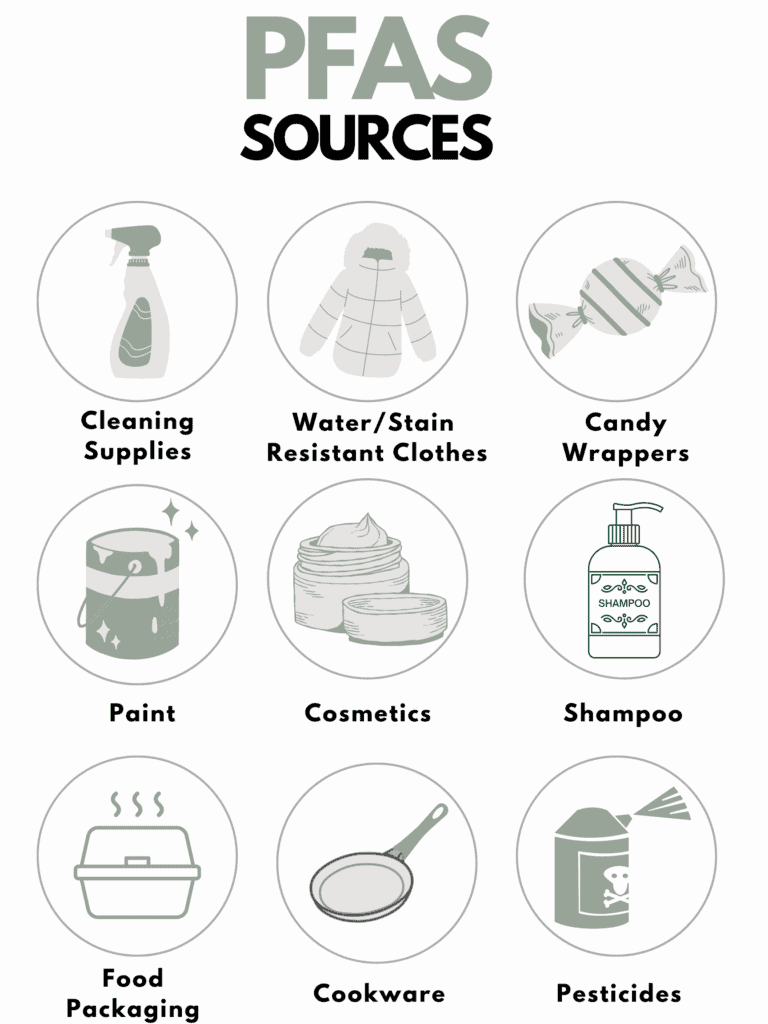
PFAS have been used in products like these for the last 70 years- a reason they can be found almost everywhere.
When we say almost everywhere, we aren’t kidding.
Why Are They So Dangerous?
PFAS are linked to multiple health risks, including:
- Altered metabolism
- Fertility issues
- Increased risk of obesity
- Increased risk of cancer
- Reduced ability to fight infections
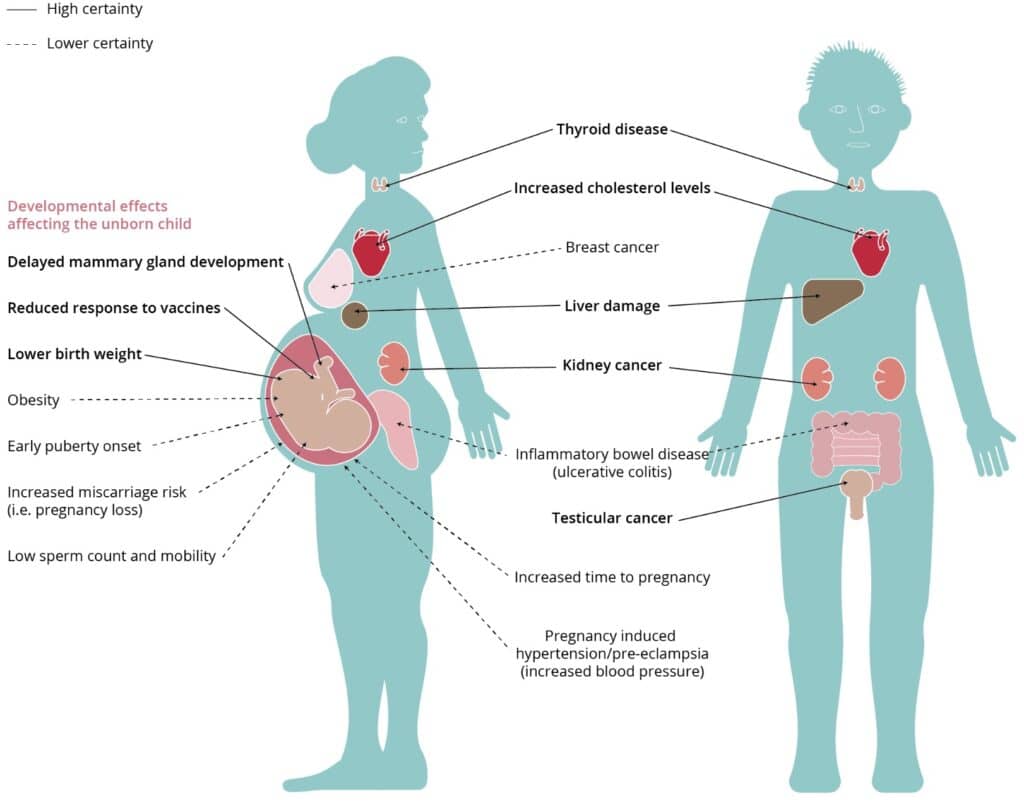
While they’re very useful for their purpose, their effect on our health and the environment far outweigh their use to us.
And these chemicals aren’t just affecting certain communities, it’s everyone.
The Green Science Policy Institute did a study that estimated around 6 million people in the U.S. received water from public systems where the levels of the two predominant PFAS chemicals, PFOS and PFOA, surpassed the health guidelines set by the EPA.
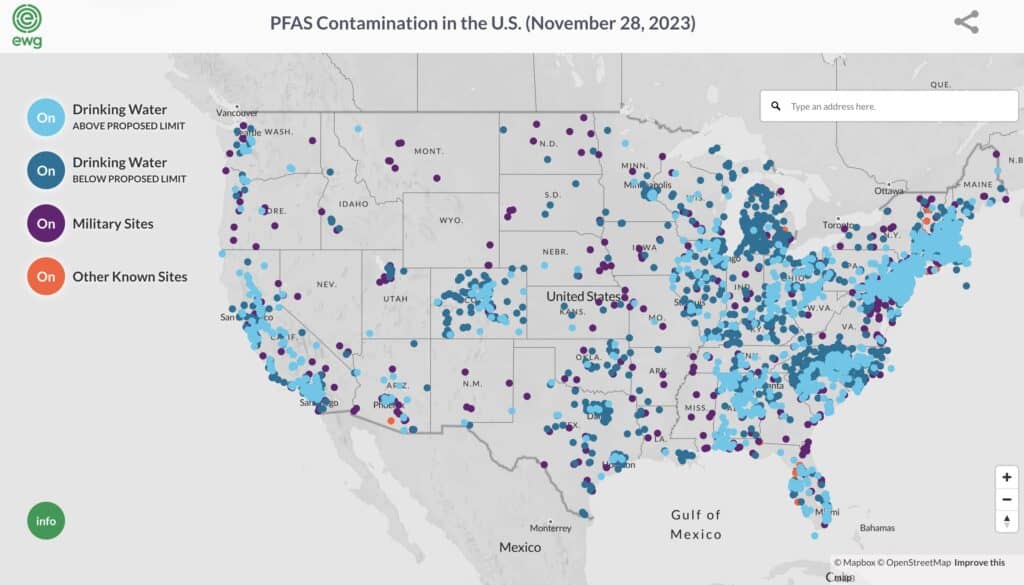
Proof our water isn’t as clean as we’re made to believe. And this isn’t limited to tap water only.
According to this study, there were PFAS detected in 39/100 water samples from bottled water in the US.
Sparkling water even seems to be a big offender as well.
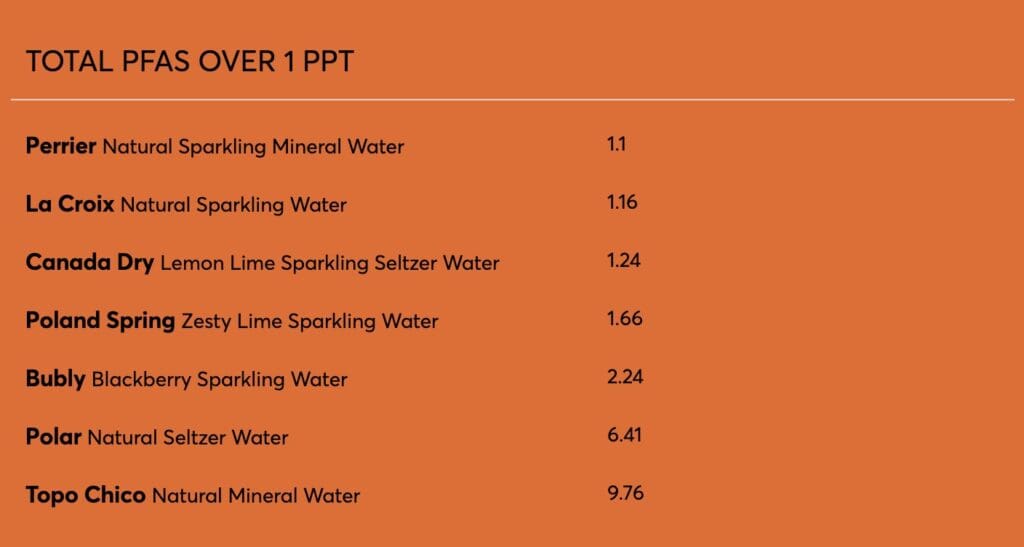
“Well is it actually making its way into our bodies?”
Yes.
According to this study, 97% of Americans have PFAS in their blood.
Another problem is their chemical structure, which allows them to bioaccumulate in our systems for an unknown length of time.
Some sources say it can take years for them to leave your body, assuming you aren’t continually being exposed.
Your occupation will make a difference in the amount of PFAS you are exposed to, with firefighters and chemical manufacturers being exposed more than the general public.
PFAS don’t only directly affect our health but also indirectly through its impact on the environment.
Impact On The Environment
Studies have found these “forever chemicals” in over 330 species of wildlife, some of those being endangered species.
Just take a look at this map showing the amount of wildlife at risk of exposure.
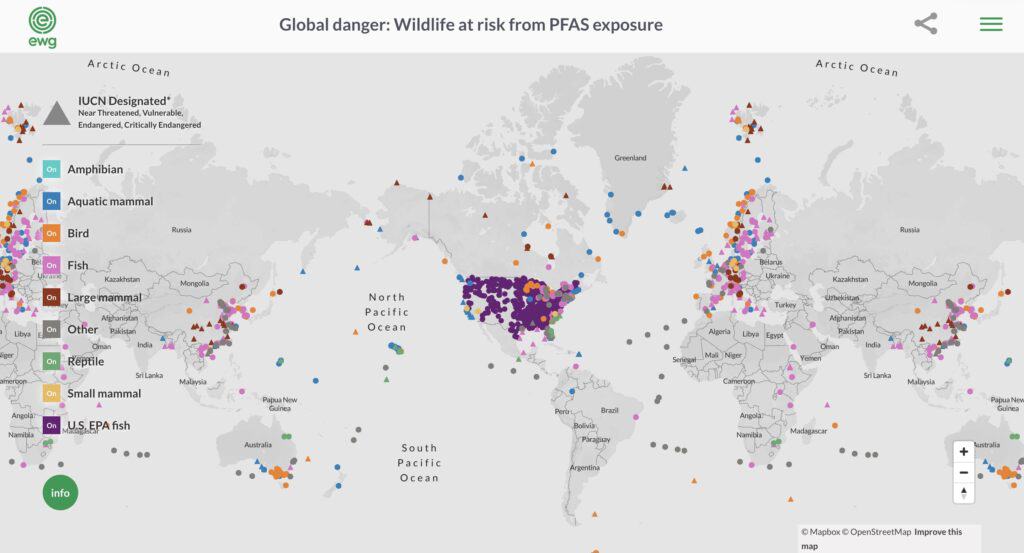
Remember those negative health effects we talked about above? They affect wildlife just as much if not more.
Here are a few more ways PFAS can impact the environment:
- Persistence and Accumulation: PFAS are extremely persistent, not breaking down in the environment, leading to accumulation in wildlife and ecosystems.
- Water and Soil Contamination: These chemicals are in many water sources and soils, which affects drinking water quality and local agriculture.
- Wildlife Health: Exposure negatively impacts the health of animals, causing developmental, reproductive, and immune system issues.
- Ecosystem Disruption: The presence of PFAS in ecosystems disrupts natural balances, affecting species interactions and ecological stability.
PFAS contamination in wildlife leads to a buildup of these harmful chemicals in the food chain, which ultimately affects the food on our plates.
What is Being Done?
It’s not all bad news.
Since January 2021, the United States Environmental Protection Agency (EPA) has been on a mission to tackle this crisis.
They have proposed multiple laws and secured funding from the Biden administration to help address PFAS contamination.
Here are their goals:
- Access to Clean Water: Ensuring safe drinking water in disadvantaged communities, supporting local economies.
- Stricter Regulations: Tighter controls on PFAS use and disposal.
- Enhanced Monitoring: More surveillance of PFAS in the environment.
- Mandatory Reporting: Companies must report PFAS use, regardless of amount (which companies weren’t required to in the past)
- Clean-Up Initiatives: Remediation of contaminated sites.
- Public Health Protections: Measures to protect from exposure.
- Research and Development: Support for alternatives and impact studies
While these are baby steps in the mission to get rid of PFAS, it’s progress.
Understanding the risks of PFAS and other hidden chemicals is just another step toward improving your health.




